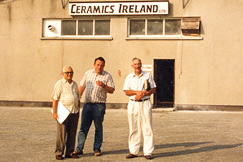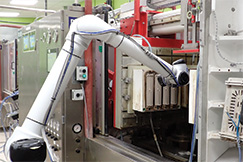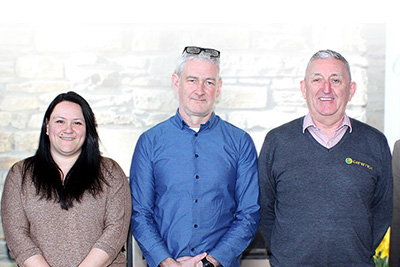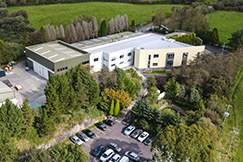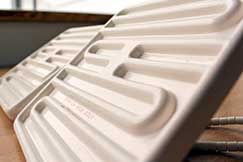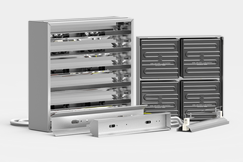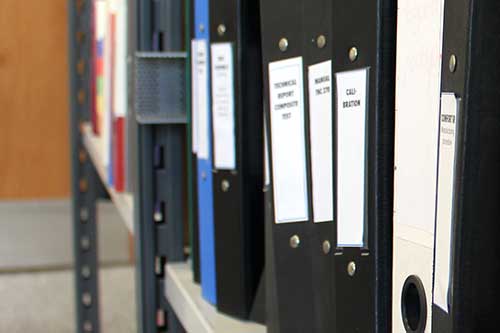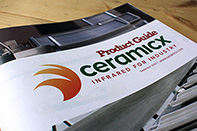- About
- Heating Solutions
-
-
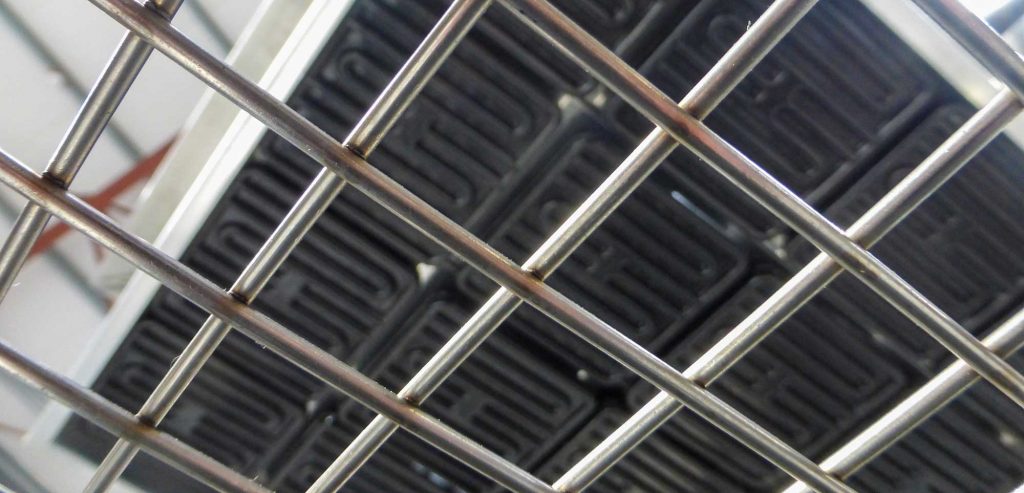
- Heating Solutions
- Ceramicx has the in-house capabilities to build custom-designed industrial infrared ovens and heating solutions to almost any design and specification.
-
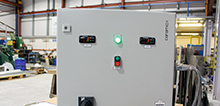
- Control Systems
- By providing customised controls to suit specific heating applications, Ceramicx offer control solutions that meet every requirement.
-
-
-
- Retrofits, Rebuilds & Upgrades
- Information
-
-
-

Latest Blog
Chinaplas 2025
Chinaplas is an annual exhibition for the plastics and rubber industries which rotates location annually, between Shanghai in East China ... Read moreChinaplas 2025
-
-
- Industries
- Enquiries
- Contact us
- Ceramicx Components
September 2019
Home Archives for September 2019
We look forward to hearing from you
Get in touch with one of our infrared heating experts


